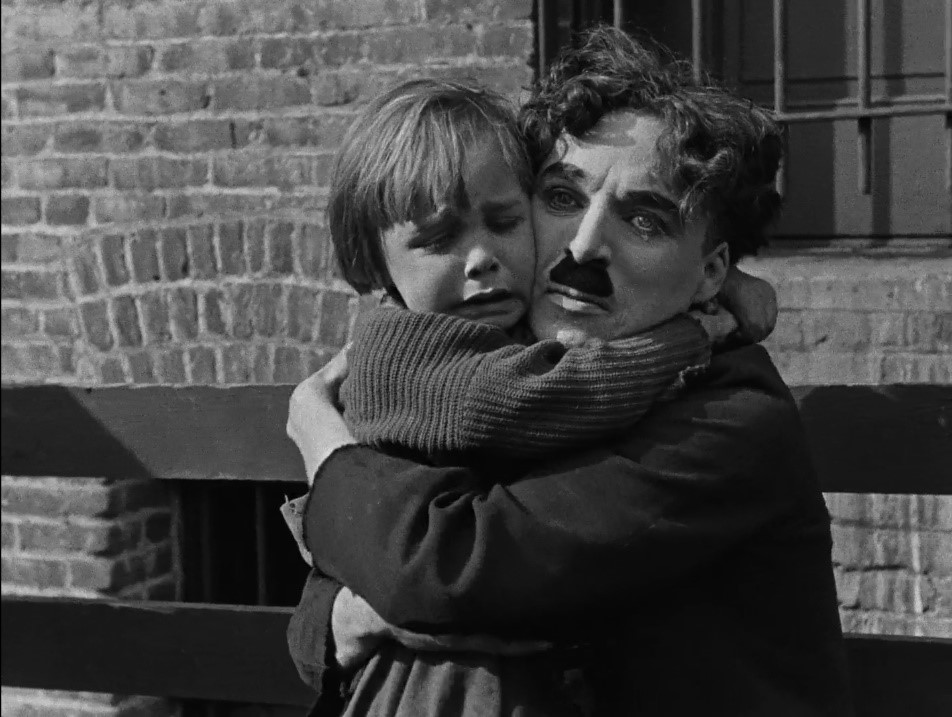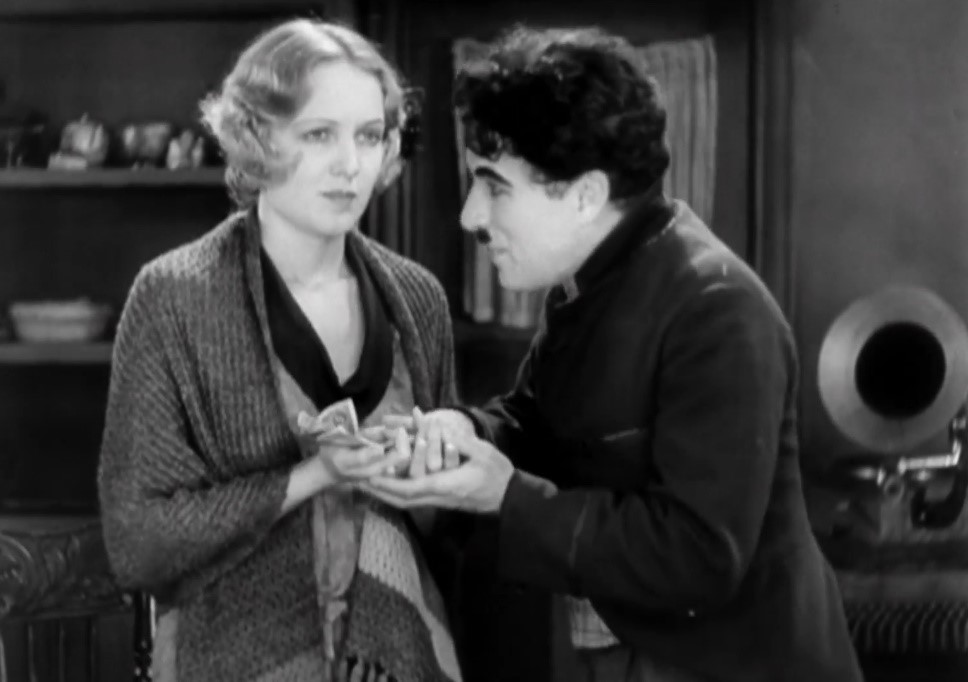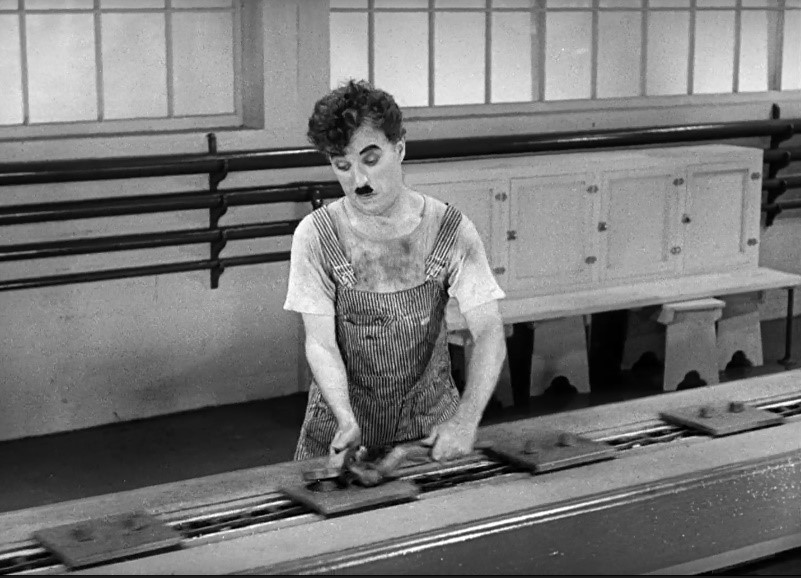Chaplin's Enduring Influence
Charlie Chaplin
Prologue
Mute in concept but expressive in actuality, bashful in act but mischievous in essence, a little fellow that seems without a care in the world yet represents all the woes of the world in appearance. He walks in an unsteady, staggering gait, with a derby hat on his head, a toothbrush moustache, and an unusually bendy cane - He is Charlie Chaplin.
Act I
The Star
The story of Charlie Chaplin’s rise to fame was the stuff of legends. Born in poverty and brought up by his destitute and ill mother, his childhood was stricken with hardships marked by multiple periods of time spent at workhouses to support the family. He started his act in vaudeville and moved to Los Angeles in 1914 to work in the increasingly popular moving ‘pictures industry’, and the rest was History. It was the classic rags to riches story believed only possible in the United States at the time. He went on to become one of the first international stars in cinema (Sklar, 2001) and his popularity spun a series of merchandises, inspired Halloween costumes, and attracted multiple imitators. Apart from appealing to worldwide audiences and becoming a cultural phenomenon, he was also a favorite amongst critics and artists. His artistry in the film industry garnered him praise from industry giants like Truffaut, inspired Walt Disney’s creation of Mickey Mouse, and has been repeatedly noted as a pioneer of modern cinema (Cousins, 2004). The magnitude of his influence and success led him to be named as, “comic genius" in Times magazine’s "100 Most Important People of the 20th Century" (Time, 1999). Even to this day, people who have never even seen his movies could recognize his trademark persona, “The Tramp”.
Act II
The Art
Although Chaplin’s films were created through improvisation, he did not achieve immense fame and success through random chance. He understood his audiences and meticulously planned every detail of his art, taking pains to nail the emotions of joy and sadness he hoped to evoke from them. He was known to strive for nothing but perfection (Brownlow, 2005), and his relentless obsession with creating the exact picture of his vision, combined with his control over productions, earned him recognition as one of the first auteurs of cinema (Maland, 1989). This meant his artistic bravado seeped into every work he produced, and his films were threaded together by the same style and themes the audience loved. The repeating themes and symbols fueled his fan base by building a world people can familiarize with, one that harbors a community and creates enduring experiences. This did not mean Chaplin’s films were formulaic and repetitive; on the contrary, Chaplin was constantly in search of innovations to incorporate in his stories and sought to surprise and entrance audiences with the world he brought onto the silver screen (Unknown Chaplin, 1983).
Act III
The Stories
I adore the power of stories and believe that stories, in retrospect or in imagination, are what drive us forward in life. Whether it be unconscious behavior set in motion through elusive forces or patent actions that formulate from deliberate motivations, a story underlies everything. And the stories Chaplin told were at the heart of his sensational and lasting artistry. Chaplin’s stories, in which he plays his on-screen persona,” The Tramp'', often follows the same simple three-part trajectory. It is a formula that has proven effective in engaging and capturing the hearts of audiences for centuries by inducing tension through conflict, and relief through resolution. The penurious Tramp is usually struggling to survive in a harsh world at the start of the movie. Then, early on in the film, an unexpected occurrence or unfortunate event befalls him, rattling his previously peaceful existence and forcing him to interact with the unforgiving world he has tried so hard to circumvent. The Tramp in untypical heroic fashion challenges the limitations of which society has confined him to by going against authorities and the upper-class, to “save the day” at the end of the film. An object of value to the Tramp, either in the form of a beautiful girl or a sweet child, is usually what galvanizes him to continue his uphill battles. The simple setup of the stories impels the audience to root for the Tramp, and feel his distress, relief, and happiness as he lives them. The film The Kid (1921) follows this exact story structure. In this film, Chaplin, by fate or coincidence, takes in an orphan child despite being penniless himself. Several years later, he finds himself clashing with police authorities and resorting to sleeping at shelters to evade staff from the child asylums - just to keep the child by his side (see Figure 1). The gratification from each act Chaplin writes and the promise of equally enthralling storylines call the audience back to the theatres again and again. The magic was in the intricacy of the simpleness.

Chaplin’s stories work, not only because they follow the classic three-act structure of incident, action, and climax, providing audiences with elements of surprise and anchor points to create anticipation, but also because they slowly unravel the human nature of the characters and concentrate on their relationships and emotions. According to the “Superiority theory” put forward by English Philosopher Thomas Hobbes (and tracing back to Plato and Aristotle), our laughter expresses a feeling of superiority. In other words, we laugh when we see the misfortunes of others or remember a ridiculous former state of ourselves (Morreall, 2020) - the Germans describe this feeling wonderfully with one word: schadenfreude. The slapstick comedies of the time thrived on this method of evoking laughter, and were usually stripped of emotions from the characters. Unlike his contemporaries, Chaplin infused his works with pathos which allowed his audiences to explore the full spectrum of the human emotion. For example, the first intertitle of The Kid (1921) reads like a prelude to the story that ensued: “A picture with a smile, and perhaps, a tear”. The simple words set the backdrop against which the film played out, framing the comedic film with a tint of sadness. This play on the audience's emotions through incorporating tragedy into his comedies distinguished him from other filmmakers such as Mack Sennett, who was known for his pie-throwing buffoonery. As audiences laughed at the witty ways the Tramp dodged trouble, they related to his suffering and identified with the difficulties he faced, as they experienced them themselves. The genre was no longer defined by sketches of physical gags and pantomimic farces, but one that tugs at the heartstrings of audiences, urging them to contemplate life and the essence of the human condition, all the while making them giggle with joy.
Act IV
The Interlude
As Sartre once said about the characters in silent cinema, “We communicated through music; it was the sound of what was going on inside them.” (Sartre, 1963) Instrumental music was a staple of silent movies. In a world where no words were spoken, music was the common language that talked to the spectators. Chaplin used music to control the rhythm of his stories and convey the sentiments of his heroes and heroines. When his characters were jolly and excited the music was upbeat and bouncy; when the characters were down and frustrated, the music was slow and gentle. Once again, Chaplin broke the conventions of comedies at the time and changed the pace of the genre. He stitched his stories together with short and amusing sketches that kept the audience from turning away, but never forgets to gravitate towards moments of tenderness that give viewers pause to confront their own intimate feelings for the story. What was once a genre rife with swift and short performances that gave audiences immediate satisfaction, turned into one that allowed audiences to drift along the ebbs and flows of their emotions under Chaplin’s command. In imperceptible ways, the music Chaplin composed creeps in to shape and guide his films. We laugh at the ridiculous boxing match the Tramp enters in City Lights as fluty notes sync with his footwork; but as he hands his hard-earned money to the blind flower girl he is in love with, we are reminded of why he voluntarily gets into trouble as our hearts reverberates with the plangent sounds of a cello.

Act V
The Hero
Chaplin’s persona, the Tramp, became a universal language in the early 20th century, and is arguably still one of the most iconic silhouettes of the modern era. He is at the core of what makes Chaplin’s films so enduring. The character appears as a jumble of paradoxes, donning a gentleman’s waistcoat and black suit paired with a cane to add a whiff of “sophistication”. The elegant clothes are unfortunately, and curiously, ill-fitted and tattered, making one feel sorry for him. However, the Tramp is not a pathetic figure, rather, he seems content with the meagre life he leads, never seeking for more than survival with his witty devices until he sees someone in need. The Tramp makes light of suffering, and though petty at times, always has a kind and sympathetic heart for those less fortunate than he - however impoverished he is himself. The little fellow is always sensitive to the things and people around him, and that’s what makes him so charming to his viewers. As his biographer stated, “the comic moments in Chaplin's films center on the Tramp's attitude to the things happening to him: the humor does not come from the Tramp bumping into a tree, but from his lifting his hat to the tree in apology”
Social and sometimes political themes permeate Chaplin’s films, and this resonated with audiences of the time and created ripples of comfort as they watched his movies. When Chaplin depicted the Tramp’s delirium while working at the assembly lines in Modern Times, audiences related to the monotonous working conditions in factories and remembered the grim years of the Great Depression. The Tramp represented the underprivileged by fighting injustice and seeking to defy the social divide, and does so with gaiety. The Tramp’s optimism and idealistic personality transcends the bleak circumstances he is in and reminds us that there is always hope and space for us in this world.

Chaplin knew that laughter grounds us in the moment. But he also understood that simple messages of warmth and hope for humanity are sentiments that stay with us forever. With the Tramp as the herald of these messages, Chaplin intertwined gems of elation and poignant emotions to weave a radiant world of black and white.
Epilogue
There are times in your life that pauses. It can be a moment of revelation, but oftentimes, it feels more like a blank space that is imbued with ineffable emotion. Rarely does it happen, but it does. I experienced one of these moments charged with profound feelings when I first watched Charlie Chaplin’s 1931 “City Lights”. I was crouching in front of the computer monitor, the only light source in the room, watching with intense focus the little figure that danced and pounced about in grainy monochrome. Never had I seen an endearing story delivered in such a simple form: the movie consisted of but three elements - The music, the moving images, and minimal intertitles. I was completely absorbed in the magical bubble Chaplin created and the feeling of enchantment has stayed with me. The astonishing tenderness and awe of this moment was etched in my memory, and it is my belief that it cemented a part of who I am. In however undetectable a way, in a mere span of 80 minutes, Chaplin had changed how I view the world of stories.